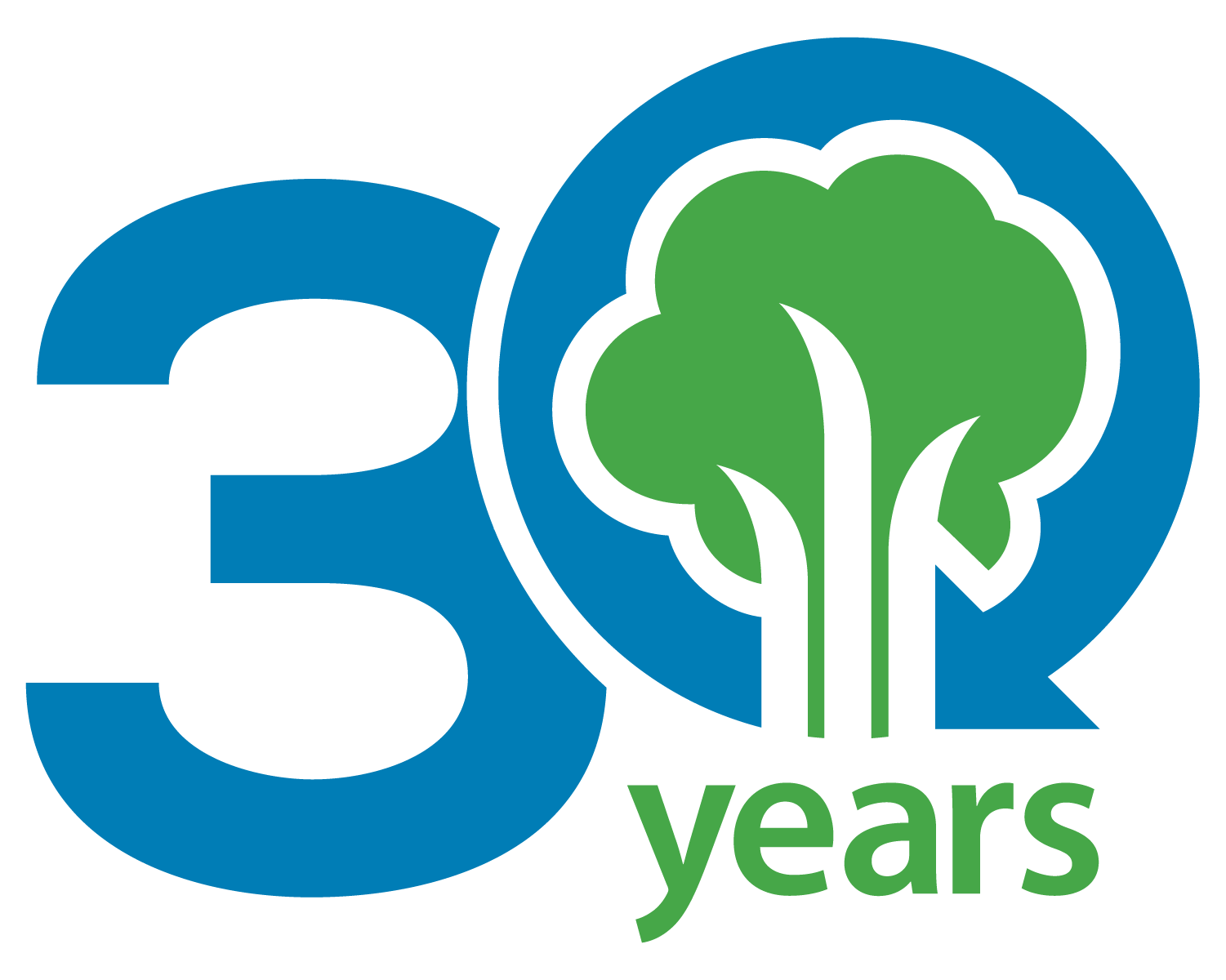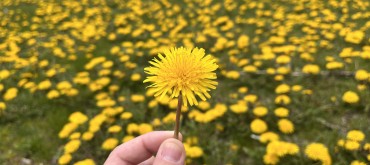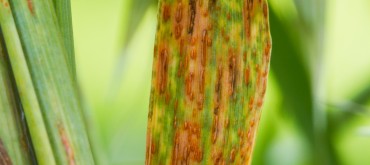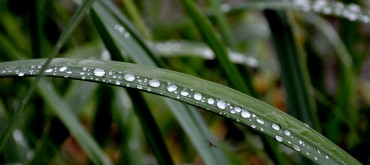At this time of the year, one of the most common questions we receive is about crabgrass and the idea that it is spreading and invading our lawns and what can be done to address it. Crabgrass, an annual grassy weed, thrives in the hot and dry conditions of mid-summer after germinating in early spring. At this time of year, there is very little that can be done to resolve crabgrass as there is currently no registered product here in Ontario that is effective at controlling this particular weed - but here’s some good news: with the arrival of cooler temperatures in the fall, all annuals, including crabgrass, naturally decline!
This annual cycle presents an excellent opportunity for us to manage those problematic areas starting in early fall, allowing your lawn to be better prepared to defend itself and prevent crabgrass from reappearing the following spring. The trick is that crabgrass seeds can only germinate in the spring under specific conditions, and sufficient sunlight reaching the soil surface is crucial for this process. Therefore, it is vital to establish desirable grasses in the fall when crabgrass won’t germinate, creating healthy competition that interrupts its cycle in the spring. Following our three key principles for a healthy lawn—regular fertilization, deep and infrequent watering, and mowing every 5-7 days with a minimum height of 3 inches—prevents crabgrass seeds from germinating in the soil.
Keep in mind that crabgrass is often found along the edges of lawns, particularly near curbs, sidewalks, and driveways. As our team most often observe this as a result of cutting the grass too short with string trimmers, exposing the soil to sunlight, and providing favorable conditions for weed seeds to sprout. If you notice sporadic crabgrass growth throughout your lawn, it may indicate issues with watering, mowing, or other factors like mower scalping or thin, compacted turf that facilitates germination. To bolster your lawn’s defense mechanisms, consider having a core aeration performed at least once a year. This process strengthens and expands the roots, resulting in a thicker and healthier lawn.
If you are currently dealing with crabgrass issues, mechanical removal can help, though it can be time-consuming. However, as discussed earlier, you can plan for fall renovation in areas with crabgrass, providing you and your lawn the upper hand against it next spring. Additionally, if your lawn appears thin, consider booking a fall aeration for further assistance.
Should you wish to discuss this matter further with our team or explore renovation options, please feel free to contact our office! We offer aerations, high-quality organic matter, and grass seed, along with professional examinations to help you achieve a greener lawn, healthier landscape, and a better environment.





